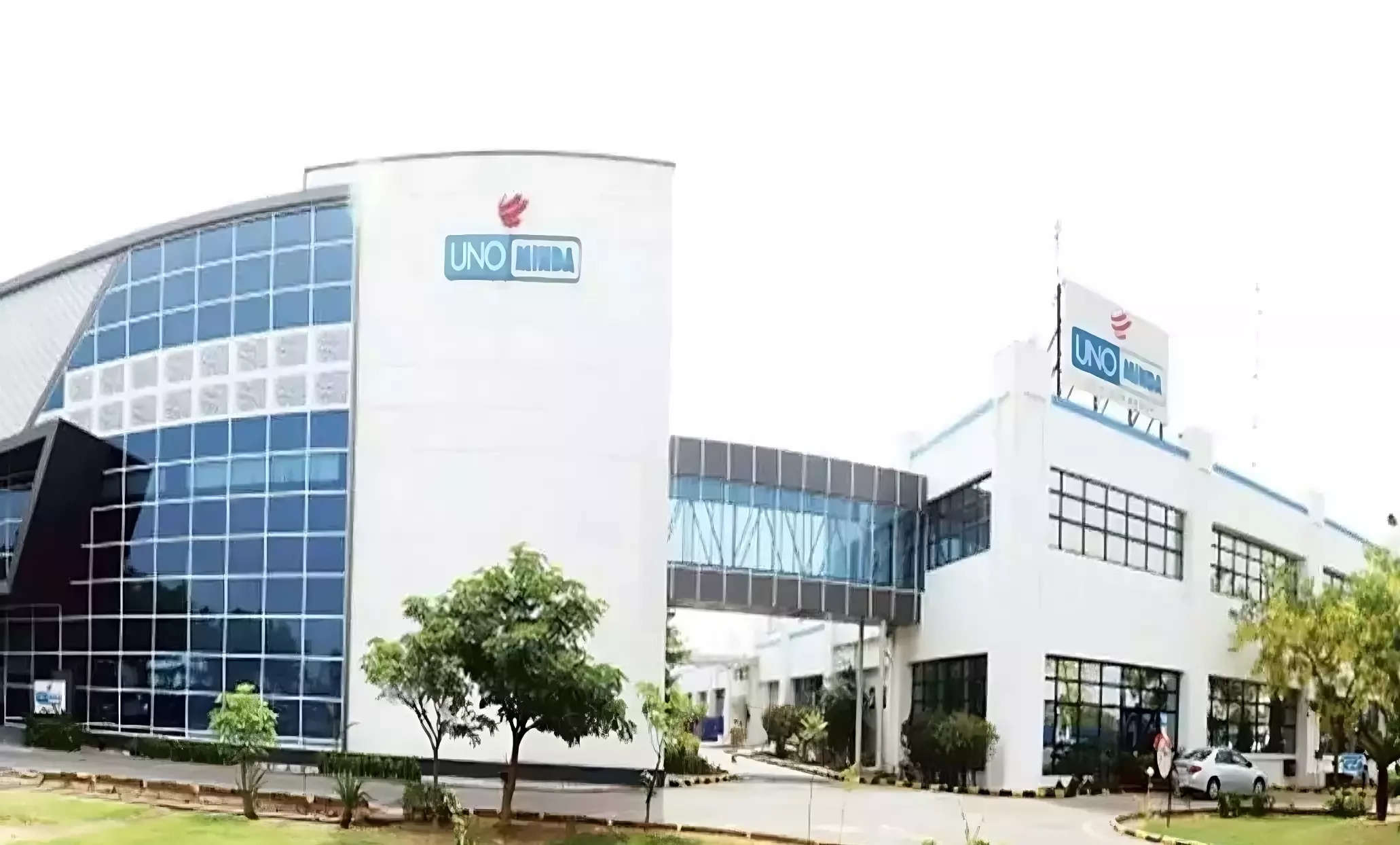
New Delhi: Uno Minda, which enjoys a podium position in the Indian auto component industry, has identified Personalisation, Autonomous, Connected, Electrification (PACE) as the key trends to focus on for growth in the new increasingly technology intensive era. Following that strategy, finalised at the beginning of the current financial year, to drive its investments for future technology and product development, is another that is aimed to help the company to be future-proof.
The NK Minda-led Group has decided to build a land bank of sizeable plots in multiple auto hubs in the country. Under this strategy, it has earmarked INR 700 crore to be invested by the end of this calendar year. “We were buying 10-acre land, 15-acre land, then we were feeling the shortage soon thereafter. So we thought of why not buy a 100–acre piece of land. Then we can set up plants of different sizes depending upon demand, and have our own industrial park,” N K Minda, CMD, Uno Minda, told ETAuto.
Of the allocated budget, INR 160-170 crore has already been invested in buying land in Pune for a major plant for Uno Minda’s lighting business. Acquisition of land in another Western India auto hub of Gujarat is underway. In the Southern region, a 40-acre plot in the Hosur area has been bought for future expansion. In its home region of Northern India, a 95-acre land in Kharkhoda, Haryana, is expected to cost the company around INR 400 crore.
Uno Minda’s manufacturing plants in the Kharkhoda plot, which has already been allocated by the state Government, will mainly cater to Maruti Suzuki India’s next manufacturing plant which is planned to have a peak capacity of producing 1 million vehicles annually. The “huge” upcoming plant in Pune could also be utilised for exports.
Land on demand
On the rationale behind the land bank strategy, Sunil Bohra, Uno Minda’s Group CFO, and also the CEO of its Safety and Comfort System business, explains that not having an opportunity to expand further in the same plot leads to a separate plant in the same region. “Then we have no benefit of operating leverage, you have double the people cost, admin cost, everything,” he said.
By making a large-scale investment it makes land available “whenever you want”. It also helps in integration of a new plant with an existing one and enhances capacity, and also in shifting an existing plant to that location. “Above all, we will be able to get the incentives of the Government under the mega policies because if we set up small-scale plants, we will be neither here nor there,” Bohra said.
Towards that, the company sees it worthwhile to commit to the clause of remaining invested for a particular period in a region. With the new manufacturing-focused strategy, the idea is to be future-ready, “with much bigger plants so that it takes care of the next 15-20 years of requirement”.
The 63-year old Uno Minda Group, with over 20 product lines, has been expanding its manufacturing capacity over the years, with the pace increasing in line with the growth in the automobile segments it supplies to. Currently, it has around 75 plants, of which around 10 were added in a little over a year.
In the big league
Minda, who envisions his Group to be in the same league as global majors like Bosch, Continental, and Denso, sees India to offer better growth opportunities in the coming years, even though there may be market troughs in between. “We were 22 million (units annually), now it’s 17-18 million in the 2-wheeler industry. In passenger vehicles, we are touching almost the same level as in the pre-COVID year of 2018-19. The segment will reach somewhere around 8-10 million over a period of 8-10 years,” Minda said.
The industrialist believes that the Indian passenger vehicle industry, with a similar population level as China, should aspire to be as big as the neighbouring country’s industry size of 27 million PVs annually. “We should aspire for that. We have the same population. Our GDP, per capita income, if it continues to grow like that we are today, it may be possible,” he said.
As for his own enterprise’s growth trajectory, the set target is to grow at least 1.5X the vehicle industry’s growth. Towards that the INR 1400-crore component manufacturer will invest INR 300-350 crore in ‘sustenance capex’ in the coming year too, with a target to contain the debt:equity ratio within 1:1.

















